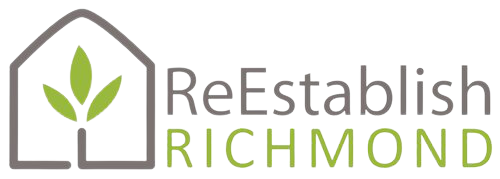We serve individuals in the following immigration categories:
Refugee: A person who has been forced to flee their country due to persecution, war, or violence, and who has been granted protection and resettlement in a host country.
Special Immigrant Visa (SIV) holder: An individual who has worked with or for the U.S. government in certain capacities, such as an interpreter or translator, in conflict zones like Iraq or Afghanistan, and has been granted a visa for their service and associated risks.
Asylum Seeker: A person who has fled their home country due to persecution or fear of persecution and has applied for asylum in another country, seeking legal protection and the right to stay in that country.
Other Immigrants: We also serve people who immigrate to the U.S. with other immigration statuses on a case-by-case basis.
If you or someone you know has recently resettled in Richmond, Virginia and would benefit from our client-focused programming, click the button below to make a referral.
In alignment with our value to respect the human dignity of all people, ReEstablish Richmond does not require any specific documentation to provide services for our clients. However, the reality is that more than 80% of our client population have come through the formal and federally-funded refugee resettlement system.

